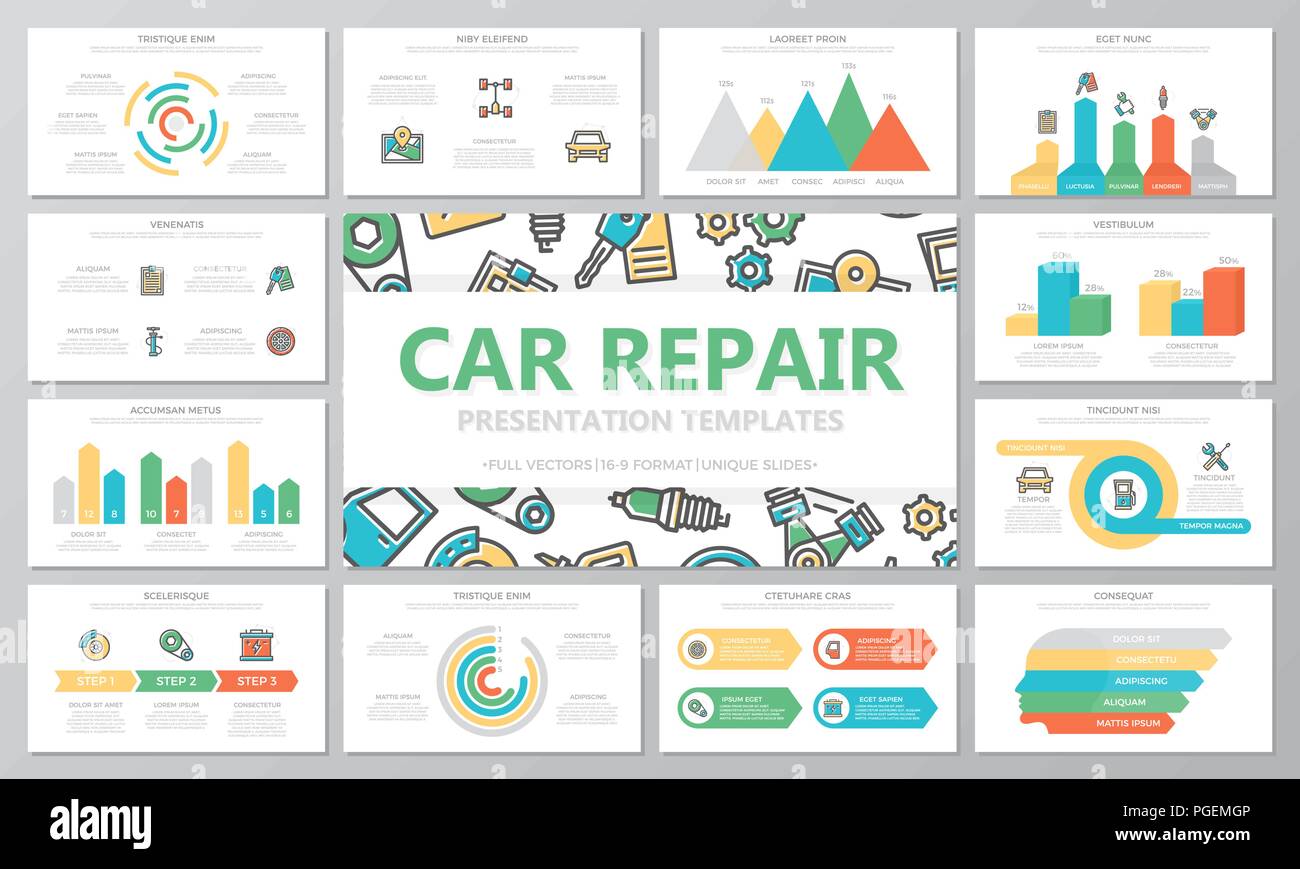Translating Your Vehicle'S Caution Indicators: What They Genuinely Symbolize
Translating Your Vehicle'S Caution Indicators: What They Genuinely Symbolize
Blog Article
Web Content Created By-Lauritsen Shepherd
When you're behind the wheel, those beautiful warning lights on your dashboard can be a little bit bewildering. Do you understand what they're trying to tell you regarding your auto's health? Recognizing the value of these lights is crucial for your security and the long life of your vehicle. So, auckland car valet following time one of those lights turns up, would not you want to understand its message properly and take the necessary steps to resolve it?
Common Caution Lights and Interpretations
Recognize common caution lights in your car and comprehend their definitions to ensure risk-free driving.
One of the most typical caution lights include the check engine light, which signifies issues with the engine or exhausts system. If this light begins, it's critical to have your automobile checked immediately.
The oil stress cautioning light indicates reduced oil stress, calling for immediate attention to avoid engine damages.
A flashing battery light might recommend a damaged charging system, possibly leaving you stranded otherwise attended to.
pop over to this site (TPMS) light informs you to reduced tire stress, affecting car stability and fuel efficiency. Neglecting this might lead to unsafe driving conditions.
The ABS light suggests a trouble with the anti-lock braking system, jeopardizing your capability to quit promptly in emergencies.
Finally, the coolant temperature level advising light warns of engine overheating, which can lead to serious damages if not resolved quickly.
Comprehending these common caution lights will certainly aid you attend to issues without delay and keep safe driving conditions.
Relevance of Prompt Interest
Comprehending the common caution lights in your car is only the very first step; the value of without delay addressing these cautions can not be emphasized sufficient to guarantee your safety and security when driving.
When a caution light illuminates on your dashboard, it's your automobile's method of connecting a prospective concern that requires interest. Ignoring these cautions can bring about much more serious troubles down the road, compromising your security and possibly costing you much more out of commission.
Trigger interest to cautioning lights can prevent malfunctions and accidents. As an example, a blinking check engine light might indicate a misfire that, if left unattended, can trigger damage to the catalytic converter. Resolving this without delay can conserve you from a costly repair.
In a similar way, a brake system alerting light could indicate low brake fluid or used brake pads, critical components for your safety when driving.
Do It Yourself Troubleshooting Tips
If you notice a caution light on your dashboard, there are a few do it yourself repairing pointers you can try before looking for specialist assistance.
The primary step is to consult your auto's guidebook to comprehend what the details warning light suggests. Occasionally the problem can be as simple as a loose gas cap causing the check engine light. Tightening up the gas cap might deal with the trouble.
One more typical concern is a reduced battery, which can activate different advising lights. Checking the battery links for corrosion and ensuring they're secure could fix the problem.
If a caution light lingers, you can try resetting it by detaching the cars and truck's battery for a few minutes and then reconnecting it. Furthermore, examining your car's liquid levels, such as oil, coolant, and brake liquid, can assist fix cautioning lights associated with these systems.
Verdict
In conclusion, recognizing your vehicle's caution lights is necessary for keeping your automobile running smoothly and safely. By without delay addressing these informs and recognizing what they imply, you can avoid pricey repair work and prospective failures.
Remember to consult your cars and truck's guidebook for specific information on each advising light and do something about it as necessary to ensure a hassle-free driving experience.
Keep notified, remain secure on the road!
